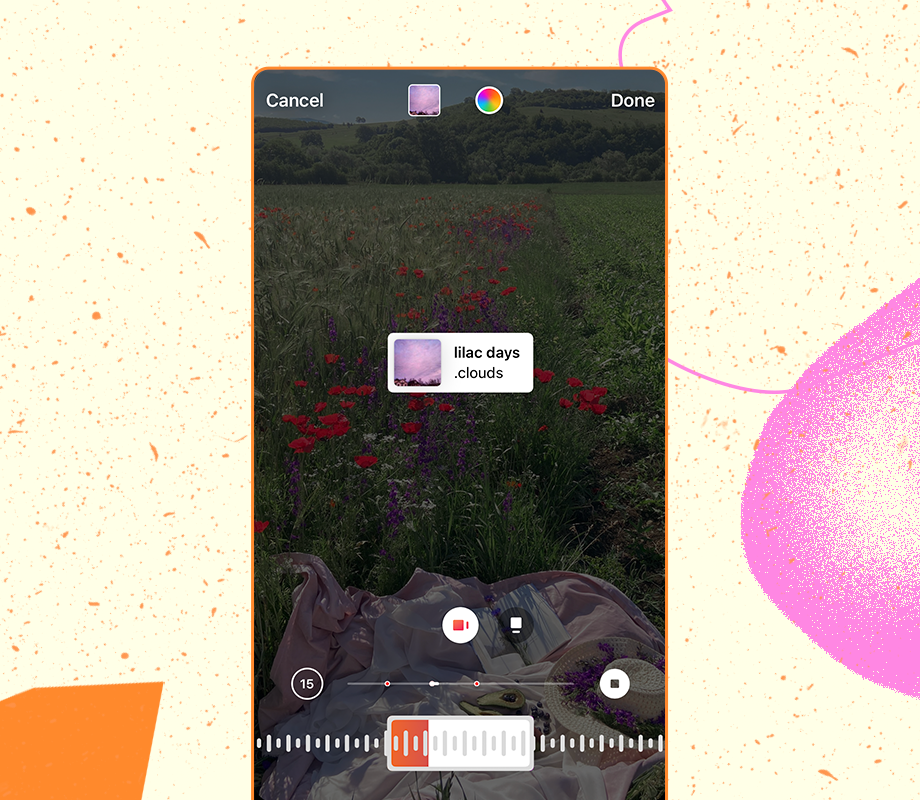NEW AI MANNEQUIN HELPS STUDENTS — Brooke Scharfenberg, Kaylee Sandy and Daelynn Cordle, all seniors in the health technology program at Jefferson County Joint Vocational School, are learning valuable life-saving skills with the new Hal 3000 patient simulator. The interactive mannequin is highly realistic and can be programmed with various conditions that students can diagnose and treat. Instructor Tammy Sismondo said Hal was funded by an estimated $65,000 grant from the Mary Jane Brooks Charitable Trust and will further enhance her students’ education to become better clinicians. — Contributed
BLOOMINGDALE — Students in the health technology program at Jefferson County Joint Vocational School have another state-of-the-art tool to help them hone their life-saving skills.
The program received a $65,371 grant from the Mary Jane Brooks Charitable Trust and purchased a Hal 3000 nurse patient simulator in the spring.
The mannequin is wireless, cable-free and offers a realistic view of healthcare. Hal is so realistic that he blinks, speaks and reacts. He can be programmed so that students can diagnose and treat problems such as anaphylactic shock, arterial defibrillation, a broken leg, bleeding disorders, trauma and respiratory conditions.
Hal is used to perform ECGs, blood pressure measurements, pulse measurements, resuscitation and other procedures.
Instructor Tammy Sismondo said students have been excited about the equipment and it has been a great benefit to the program.
“The Hal 3000 simulator has already made a significant impact in our classroom,” said Sismondo. “Its lifelike features and interactive capabilities have transformed our curriculum into a more engaging and dynamic experience.”
“Our students are excited and motivated to work with Hal, and the practical aspect of their training proves invaluable,” Sismondo continued. “They not only learn essential skills, but they retain knowledge in ways that traditional methods alone could not achieve.”
The health technology professor expressed gratitude to the charity, which previously provided a $71,000 grant to purchase an Anatomage table for the lab in 2022.
The 1.80 meter long table features a dual touchscreen surface, giving students a 3D view of the various organs and system functions of the human body.
Users can view over 1,300 clinical cases, from brain aneurysms to tumors, X-rays and virtual autopsies. It includes quizzes, games and animal images that can be used for instruction in the animal science program.
Officials were able to purchase a large television screen to project the images, and the equipment has a curriculum to support instruction, Sismondo said.
Hal said it was a useful way to prepare her students for work in healthcare.
“The students absolutely love it,” she exclaimed. “It’s AI-enabled and very interactive and user-friendly. I needed something that would give students some hands-on training so that before they went out and worked with people, they could work in a controlled environment.”
Students agreed that it was a great learning tool and provided a real experience so they knew how to respond in a real situation.
“I like the new technology that gives us a hands-on learning experience,” senior Brooke Scharfenberg said of the program’s newest equipment. “I think it’s great for the classroom.”
“I’m excited to be working with it,” added Kaylee Sandy, a senior in the program. “It’s a new experience.”
“I think it’s awesome,” senior Daelynn Cordle agreed. “Hal does a lot of different scenarios like you see in hospitals, so it teaches you a lot of life skills.”
All three students indicate that they plan to work in healthcare.
Scharfenberg said she would like to work as an emergency room nurse, while Sandy and Cordle hope to work as traveling nurses after they graduate.
Sismondo indicated that training with Hal will give the program’s students a distinct advantage.
“Hal is an invaluable asset to the curriculum,” Sismondo concluded. “The students can learn how to respond to a situation and hopefully become better clinicians. I am very grateful to the Mary Jane Brooks Charitable Trust for investing in our students. Most of them will go on to give back to our communities and work in the hospitals.”
“Not only does this help our students, it also helps improve the quality of health care in our community,” she said.







